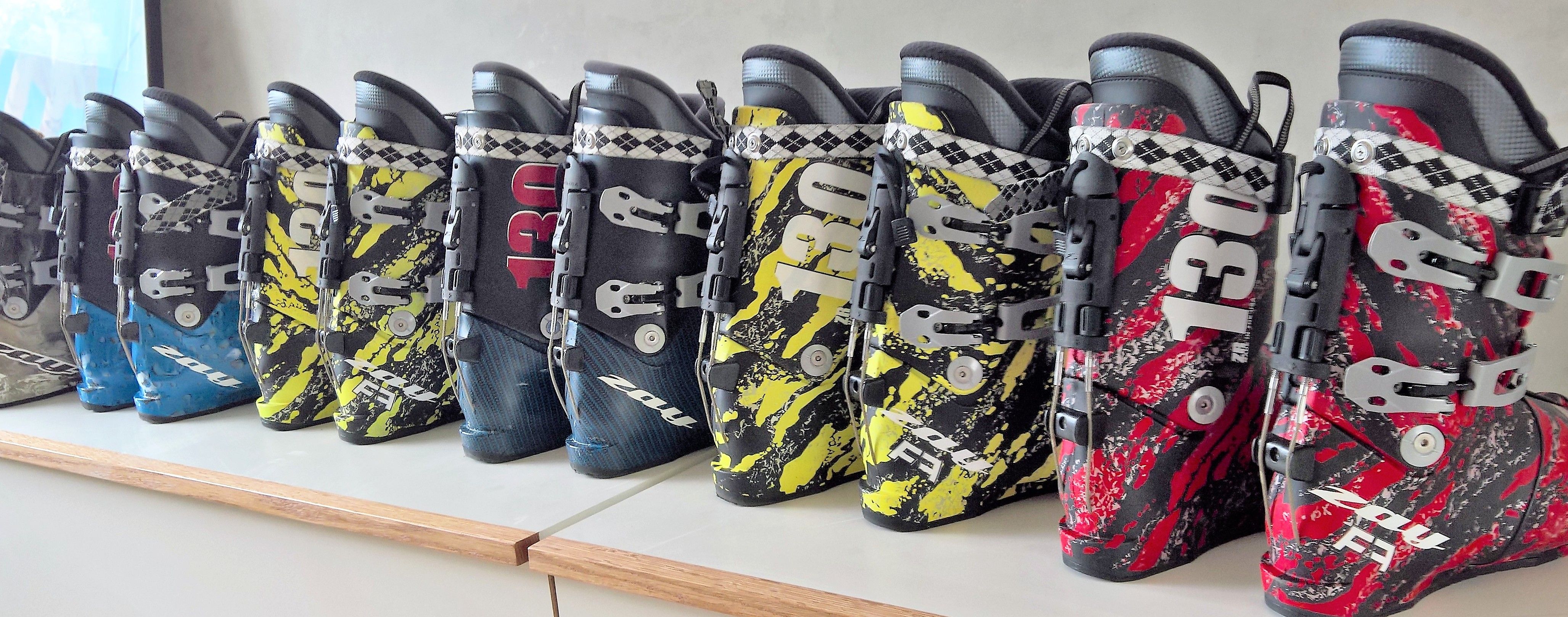
Alignment Tasks.
Here is a person doing the alignment tasks -- the skiing is meant to assess alignment rather than technique.
Use the table of symptoms below to assess your alignment. Different tasks may show different symptoms as the various aspects of performance and balance are emphasized. Taken together the tasks are meant to reveal a general alignment picture that may suggest you are misaligned. If you suspect a misalignment book an appointment for a mkore detailed assessment.
- Free skiing on very moderate terrain.
- Free skiing on steeper, moderate, blue terrain
- One footed traverses on downhill foot
- One footed traverses on uphill foot
- One footed straight runs -- Just balance and let the skis go where they like
- One footed straight runs -- Keep the skis going straight
Watch "Example Alignment Tasks:"
Below I have provided seperate tables for knock kneed and bow legged symptoms.
Watch a video of yourself doing free skiing and shallow traverses on each foot. If you have an alignment issue, you should find a consistent pattern of symptoms in your skiing. Depending on other factors, such as boot fit, etc. there may be other symptoms present also, but if there is an alignment issue, an easily recognizable pattern often appears. Remember, one often has different alignment on each leg. Use the appropriate table of symptoms for each side.
Note: the results of an on-snow assessment reveal symptoms. It does not indicate causes. Often, inconsistent results indicates a pattern of causes that are independently contributing to one's skiing in different ways. One's foot situation may be doing one thing and one's leg anatomy may be doing another. Assessing the details of the various causes and how they produce the pattern of results in one's skiing can be complicated and requires a trained alignment specialist. Do you need a footbed adjustment, a boot shaft adjustment, a canting plate or some combination? Only a more detailed assessment can answer these questions. Use the tasks below to decide whether you could have an alignment issue and then book an appointment for further follow-up.
1. Knock Kneed Symptoms
|
Task |
Traverse on downhill foot |
Traverse on Uphill foot |
Free skiing |
|
General |
|
|
|
|
Stance ski |
|
|
|
|
Free ski (inside or raised) |
|
|
|
|
Legs |
|
|
|
|
Arms |
|
|
|
|
Upper body |
|
|
|
2. Bow Legged Symptoms
|
Task |
Traverse on downhill foot |
Traverse on Uphill foot |
Free skiing |
|
General |
|
|
|
|
Stance ski |
|
|
|
|
Free ski (inside or raised) |
|
|
|
|
Legs |
|
|
|
|
Arms |
|
|
|
|
Upper body |
|
|
|
Instruction & Camps
Products
Contact
-
Portland / Mt. Hood Oregon